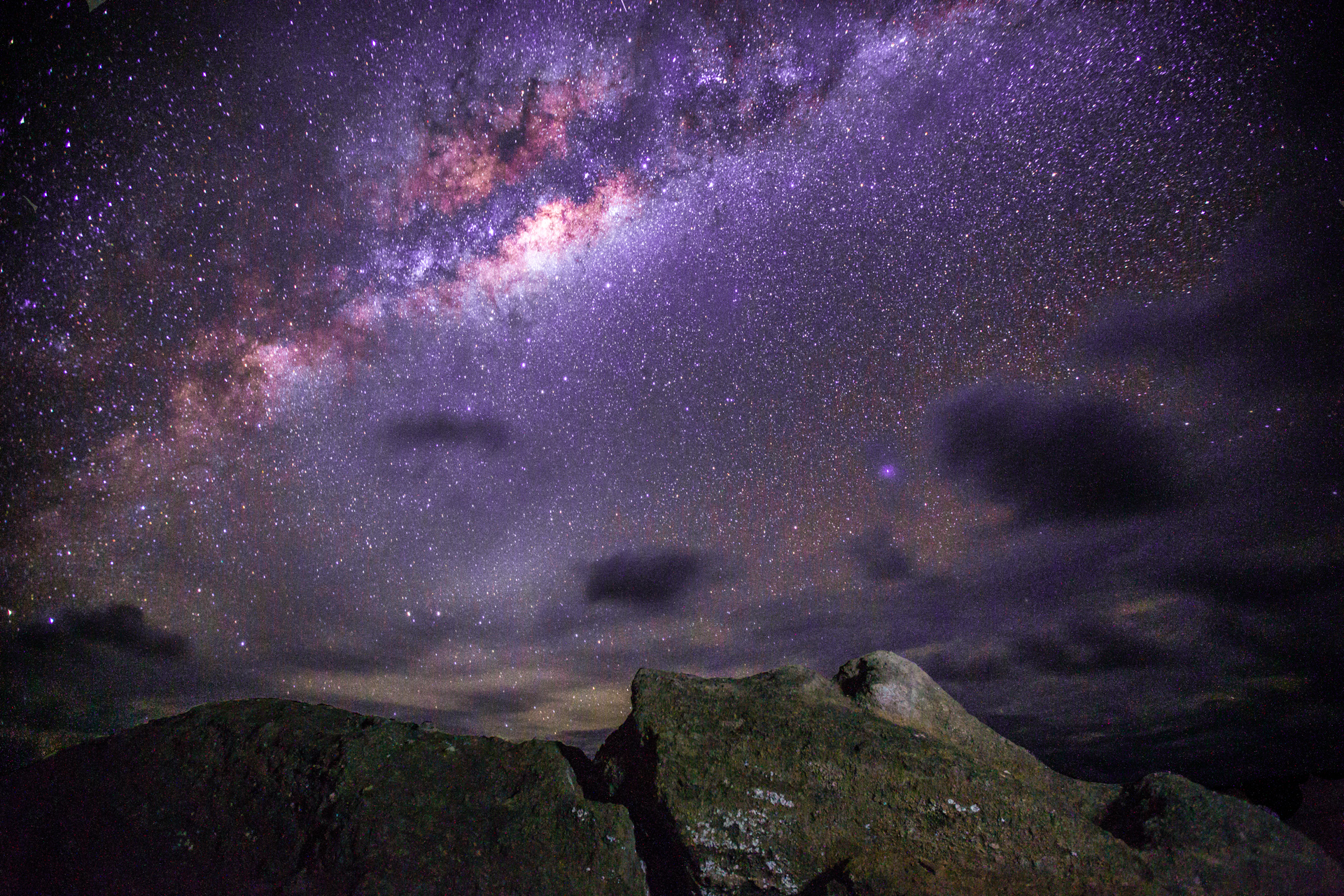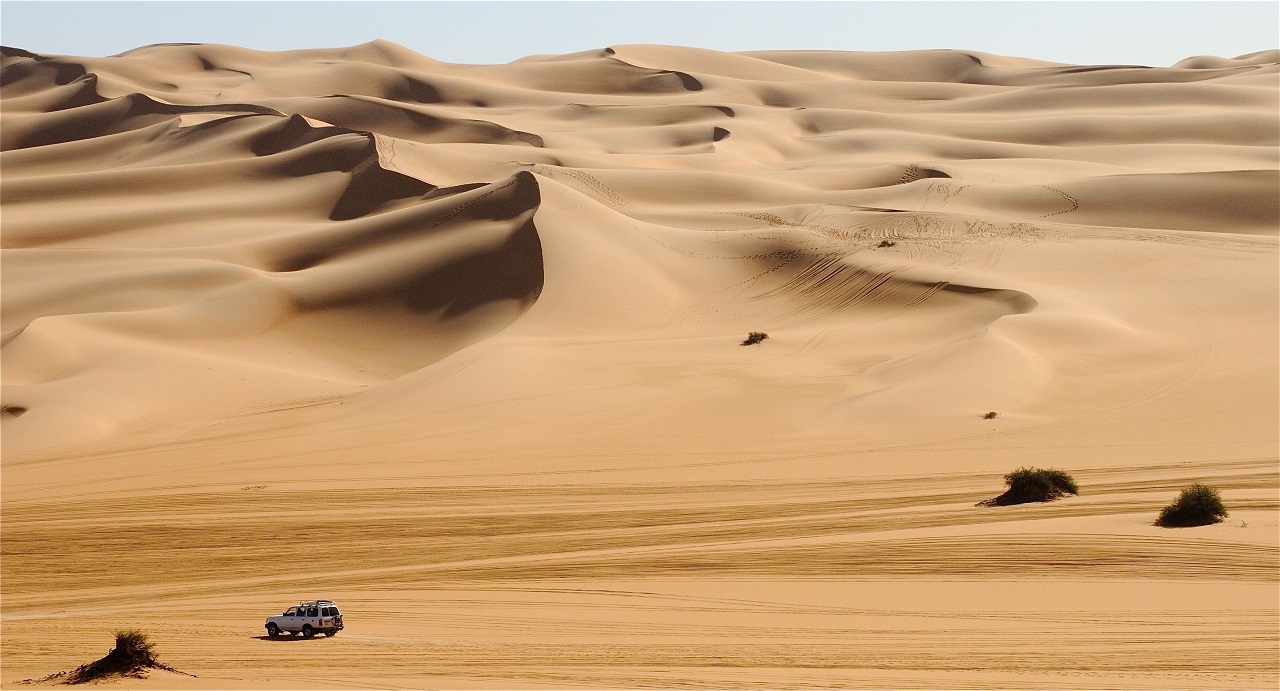Gazing up at a starry night sky is a timeless, awe-inspiring experience that has captivated humans for millennia. From ancient mythologies to modern scientific exploration, our fascination with the cosmos knows no bounds. In this blog post, we embark on a celestial journey to uncover the top destinations for stargazing across the globe. Whether you’re an amateur astronomer, a hopeless romantic, or simply seeking a moment of transcendence, these dark-sky locales promise an unforgettable night under the stars.
Exploring the Majestic Milky Way in Namibia
Our stargazing odyssey begins in the remote deserts of Namibia, where the Milky Way sprawls across the night sky like an ethereal river of stars. The NamibRand Nature Reserve, one of Africa’s largest private nature reserves, is a designated International Dark Sky Reserve, ensuring minimal light pollution. Trek into the heart of the desert, where clear skies unveil a dazzling tapestry of constellations, including the Southern Cross and Orion. The Milky Way’s core shines so brightly it casts shadows, a surreal spectacle that leaves stargazers in pure astonishment.
Aurora Adventures in Iceland
Transitioning to the icy realms of Iceland, we shift our focus from stars to another celestial wonder—the Northern Lights, also known as the Aurora Borealis. Iceland’s remote landscapes offer some of the best opportunities to witness this enchanting natural light display. Head north to locations like Akureyri or Myvatn for a chance to witness the dancing green and pink hues of the auroras, painting the Arctic skies with their mysterious allure.
Stargazing Amidst Ancient Ruins in Peru
Our celestial exploration takes us to the Andes Mountains of Peru, home to the world-famous Inca ruins of Machu Picchu. While Machu Picchu is renowned for its historical significance, it’s also a remarkable spot for stargazing. As night falls over the ancient citadel, visitors can witness the brilliance of the Southern Hemisphere’s constellations. With the Milky Way arching overhead and the ruins adding a touch of mystique, Machu Picchu offers a celestial experience unlike any other.
Desert Delights in the American Southwest
In the American Southwest, where vast deserts stretch as far as the eye can see, stargazers are treated to some of the darkest skies in the United States. Joshua Tree National Park in California and Grand Canyon National Park in Arizona are two prime stargazing destinations. The stark desert landscapes provide an ideal backdrop for observing celestial wonders, and amateur astronomers flock to these parks with telescopes in tow to catch a glimpse of distant galaxies, nebulae, and meteor showers.
Chasing the Stars in New Zealand’s South Island
Our stargazing journey concludes on New Zealand’s South Island, where rugged landscapes and remote locations make for unparalleled night sky viewing. Aoraki Mackenzie International Dark Sky Reserve, situated in the heart of the island, offers pristine conditions for stargazing. The absence of light pollution allows for crystal-clear views of the Milky Way, and if you time your visit right, you might witness the Southern Lights, or Aurora Australis, casting its vibrant colors across the horizon. Here, the stars seem within arm’s reach, igniting a sense of wonder that lingers long after the night ends.
In part two of our stargazing series, we’ll continue our journey to more celestial destinations across the globe, from the high-altitude observatories of Hawaii to the remote plains of Australia. Stay tuned as we uncover more of the world’s most breathtaking starry nights, where the cosmos reveals its secrets to those who dare to look up.
Starry nights have an innate ability to inspire, humble, and ignite our sense of curiosity. The destinations we’ve explored in this first part of our stargazing series offer a glimpse into the wonders of the universe, with each location presenting a unique celestial spectacle. Whether you seek the sprawling beauty of the Milky Way, the dancing auroras of the Arctic, or the cosmic backdrop to ancient ruins, these destinations promise a mesmerizing night under the stars. So, pack your telescope, grab your camera, and prepare to embark on a celestial adventure like no other, where the universe itself becomes your guide.
Exploring Celestial Marvels in Hawaii
Our quest for the world’s most enchanting stargazing destinations leads us to the picturesque islands of Hawaii, where the heavens above are as much a part of the landscape as the lush tropical scenery below. With its high-altitude observatories and pristine night skies, Hawaii ranks among the top places for both amateur and professional astronomers.
Mauna Kea, on the Big Island of Hawaii, stands as a beacon for stargazers. Its summit, nearly 14,000 feet above sea level, is home to world-class observatories that peer deep into the cosmos. The Mauna Kea Observatories boast some of the most advanced telescopes on Earth, providing unmatched views of distant galaxies, nebulae, and celestial phenomena. Here, you can witness the majesty of the stars from an unparalleled vantage point above the clouds.
Australia’s Outback: A Canvas of Stars
Venturing Down Under, we find ourselves in the vast expanse of Australia’s Outback. The Outback’s remote and arid landscapes, far from the glare of city lights, make it an ideal setting for stargazing. The Australian Outback offers visitors the chance to witness the Southern Hemisphere’s celestial wonders, including the Magellanic Clouds, two satellite galaxies of the Milky Way.
One of the premier stargazing locations in Australia is the town of Coonabarabran in New South Wales, often referred to as the “Astronomy Capital of Australia.” Here, the Siding Spring Observatory, home to numerous telescopes and research facilities, provides visitors with an immersive experience in the world of astronomy. The night skies in the Outback are so pristine that you can even spot the International Space Station as it orbits Earth.
Utah’s Desert Wilderness: Bryce Canyon National Park
Back in the United States, Bryce Canyon National Park in Utah offers a dramatic and awe-inspiring setting for stargazing. Famous for its otherworldly hoodoos and rock formations, the park’s high elevation and low light pollution create an ideal environment for celestial observation.
Visitors to Bryce Canyon can participate in ranger-led stargazing programs, where park experts guide you through the constellations and provide telescopes for an up-close view of planets and distant galaxies. The park’s unique natural amphitheater and dark skies make it a prime location for capturing stunning astrophotography.
Starry Nights in the Atacama Desert, Chile
The Atacama Desert in Chile stands as one of the driest and most arid places on Earth, making it a haven for stargazers. Its exceptionally dry conditions and high altitudes provide unrivaled clarity for observing the night sky. The Atacama Desert is home to numerous observatories, including the Paranal Observatory operated by the European Southern Observatory (ESO).
One of the standout features of stargazing in the Atacama is the breathtaking views of the Milky Way. Here, the galaxy’s central bulge appears as a luminous band of light stretching across the sky. Visitors can join guided tours or visit observatories to explore the cosmos through powerful telescopes and witness celestial objects in astonishing detail.
Our celestial voyage continues, unveiling more top destinations for stargazing across the globe. Each location offers a unique perspective on the universe, from the high-tech observatories of Hawaii and Chile to the natural wonders of Australia’s Outback and Utah’s Bryce Canyon. Whether you’re a seasoned astronomer, an amateur sky-watcher, or simply someone seeking a profound connection with the cosmos, these destinations beckon with their starry nights and celestial marvels.
In the final installment of our stargazing series, we’ll traverse the rugged landscapes of the Canary Islands, explore the cosmic wonders of Arizona’s Kitt Peak National Observatory, and venture into the heart of the Sahara Desert. Stay tuned as we conclude our journey through the world’s most captivating stargazing destinations, where the night sky becomes a canvas of infinite possibilities.
Cosmic Beauty in the Canary Islands
Our celestial adventure takes us to the Canary Islands, a Spanish archipelago located off the northwest coast of Africa. These islands are celebrated for their dark skies, high-altitude vantage points, and state-of-the-art observatories. La Palma, in particular, boasts the Roque de los Muchachos Observatory, perched atop a volcanic peak.
The Canary Islands offer a front-row seat to the star-studded spectacle of the cosmos. The clear, unpolluted skies reveal distant galaxies, star clusters, and planets with breathtaking clarity. In addition to its astronomical attractions, the Canary Islands offer a picturesque backdrop for stargazing, with their volcanic landscapes and coastal vistas.
Exploring the Cosmos in Arizona’s Kitt Peak National Observatory
Continuing our celestial journey, we head to the southwestern United States, where Arizona’s Kitt Peak National Observatory reigns as a premier destination for astronomers and stargazers. Nestled in the Quinlan Mountains, Kitt Peak hosts a collection of optical and radio telescopes, making it one of the largest observatory complexes in the world.
Visitors to Kitt Peak can embark on guided tours, including solar viewing during the day and nighttime stargazing sessions. The observatory’s location, far from urban light pollution, ensures exceptional views of the night sky. From the observatory’s vantage points, you can peer into the depths of the universe, observing celestial objects that have captivated astronomers for generations.
Desert Dreams: Stargazing in the Sahara
Our final stop on this cosmic journey takes us to the heart of the Sahara Desert, where the heavens above shine with unparalleled brilliance. The Sahara’s vast and remote landscapes provide a pristine environment for stargazing, far from the interference of city lights and pollution.
The Sahara Desert’s celestial vistas are nothing short of mesmerizing. Beneath a blanket of stars, you can witness the Milky Way in all its splendor, its luminous band stretching from horizon to horizon. The desert’s solitude and silence add to the sense of wonder, creating an atmosphere of profound introspection as you contemplate the infinite expanse of the universe.
Conclusion: Where the Universe Beckons
As our celestial journey comes to a close, we’ve traversed the globe to discover some of the most extraordinary destinations for stargazing. From the high-altitude observatories of Hawaii to the rugged terrains of the Atacama Desert and the Canary Islands, each locale offers a unique perspective on the cosmos.
Stargazing isn’t just an act of observing distant stars and galaxies; it’s a journey of self-discovery, a moment of connection with the vast universe that surrounds us. Whether you’re an experienced astronomer, an amateur sky-watcher, or someone simply seeking a moment of wonder, these destinations beckon with their starry nights and celestial marvels.
So, pack your telescope, bring your camera, and set out on a celestial adventure like no other. The night sky, with its boundless beauty and mysteries, is waiting to reveal its secrets to those who dare to look up. As you gaze into the starry expanse, remember that the universe is not just out there; it’s a part of who we are, a source of inspiration, and a reminder of our place in the grand tapestry of existence. May your stargazing journeys be filled with wonder, awe, and a deep appreciation for the cosmos that surrounds us all.





